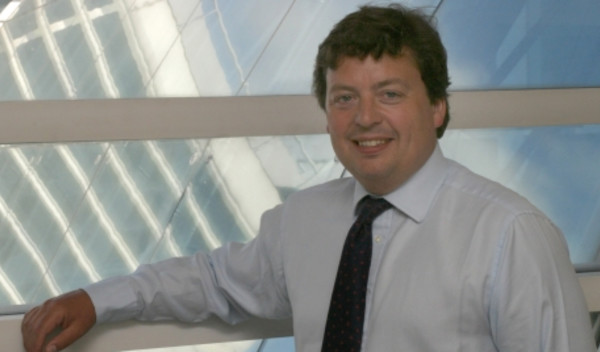

Describing the process of selecting stocks for the portfolio, he says: “We start with the principle that we want stocks that can compound returns over the long term, so stocks we can put in the portfolio and hold on to. What we have collectively learnt over the years is there are two big hindrances to that: capital intensity and cyclicality.”
Instead, the managers focus on those companies with apparently stable revenue streams, and well-financed franchises. “It’s about looking first at how the investments can go wrong and then working out what the return can be and then making sure we don’t pay too much for those investments,” he notes.
He identifies one such risk as occasions when a management team “make acquisitions at the peak of the cycle and then write down those acquisitions as the cycle turns – that’s a very destructive pattern for shareholders”.
When it comes to taking a top-down view in the portfolio, he says other members of the investment team, including James Harries and Sebastian Lyon, provide a “strong macro view”.
He acknowledges: “Although Francis and I are looking at building the portfolio on a stock-by-stock basis, there is an influence that comes from that [macro view] and it’s very informative to have as part of the discussions here; conversations about the overall valuation in equity markets, about the direction of interest rates, where we feel bond yields are going.”
One of the recent changes to the portfolio has been the managers’ decision to sell out of HSBC earlier in the year after the banking group struggled to meet its return on equity targets. Mr Ure emphasises: “There were some question marks starting to develop over dividends. We are not keen to have companies in the portfolio that cut their dividend so we sold out of HSBC. It has performed well since then but we don’t worry ourselves about what we don’t own.”
He adds: “Reynolds American and Sage are two [holdings] we have been just taking the top off as the year has gone on and they’ve performed well.”
The managers also bought into retailers Next and Burberry in 2016, “two retail stocks that have been slightly more challenged” but where Mr Ure now sees an opportunity.
The trust’s performance saw it become a member of the IA 100 Club 2016, claiming victory in the UK Equity Income category at this year’s 100 Club awards.
According to FE Analytics, in the five years to November 9 the trust generated a 72.2 per cent return, against the AIC UK Equity Income sector average of 70.9 per cent, while the FTSE All Share index was up 57.3 per cent. Over the past 12 months to November 9 the trust delivered an 8.2 per cent return to investors, ahead of the peer group average of 2.7 per cent and the index’s 11.5 per cent gain.
Mr Ure points out where performance has come from over the year: “Those companies and sectors that have had strong exposure to overseas revenues have performed well, including the consumer staples and the energy sector. We don’t have a full market weighting in Royal Dutch Shell or BP but we don’t believe that’s really important when you look at the contributions to the portfolio on an absolute basis: Royal Dutch Shell has been the biggest contributor to the trust’s performance. It’s up nearly 50 per cent since the beginning of the year.”
At the bottom end of performance, Mr Ure says, has been Lloyds Banking Group, which is suffering from weak performance since the UK’s vote to leave the EU. He cites the 25 basis point cut in interest rates in the wake of that vote as having affected the bank. “That essentially closed the net interest margin it can make between its lending and the deposits it takes. That makes it harder for it to make a spread in that business,” he explains.



